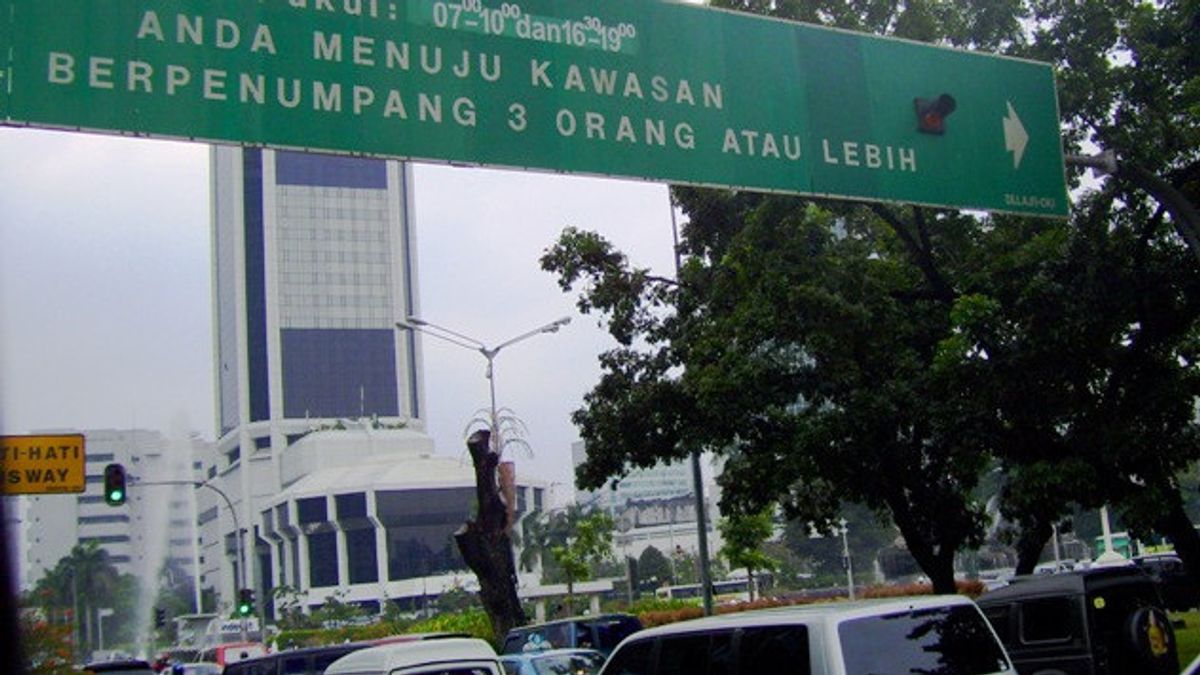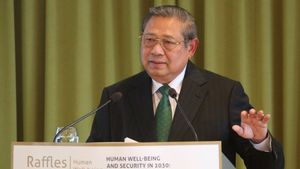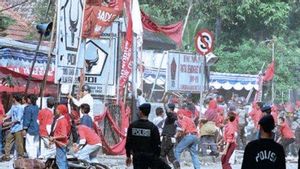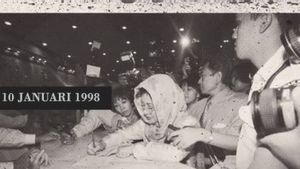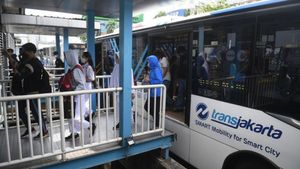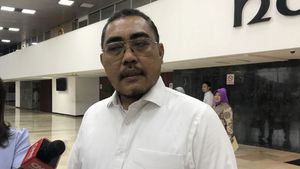JAKARTA - Various international celebrations have been held in Indonesia. Implementation of the Non-Aligned Summit (Summit) in 1992, one of them. President Soeharto and the New Order (Orba) wanted the Non-Aligned Summit as part of Indonesia's political and economic struggle. Even if the economic situation is not good.
The Non-Aligned Summit was well prepared. Jakarta, as the host, also made improvements. Regarding traffic jams, especially. Because of this, the Three in One policy was rolled out on several Jakarta streets.
The Asia-Africa Summit is considered the starting point for the presence of international events in Indonesia. Indonesia at that time succeeded in inviting many Asian-African countries to sit together at one time. Indonesia's success in the implementation of Asia Africa which took place in Bandung in 1955 boomed everywhere.
All Asian-African countries benefit. Mainly Indonesian. Various political and economic cooperation took place. Moreover, many countries that were not yet independent were supported by all Asian-African participants. All of that made the Asia-Africa Summit to be reckoned with by the whole world.

The echoes of the success of the Asia-Africa Summit did not necessarily end with the Old Order government being replaced by Suharto and the New Order. The New Order government did not want to be outdone by also holding another big celebration. Non-Aligned Summit, its name. An event that is reserved for countries that are completely impartial between the western or eastern blocks.
Preparations for the event were carried out as well as possible in Jakarta. All kinds of facilities and infrastructure were prepared to welcome the Summit which took place in September 1992. Even though Indonesia's economic condition at that time was in dire straits. The preparations continue. All of this is for the sake of Indonesia's pride as a sovereign country.
“Although Indonesia, as stated by the head of state, is always "low profile" and "in a state of concern but good concern," the world bestows trust: Because indeed Indonesia as a nation and a state, say as a totality or in a macro sense, in the eyes of the world has succeeded in taking advantage of foreign loans.
"Low profile and concern is not an obstacle for Indonesia to hold the very prestigious Non-Aligned Summit, seen from the preparations and facilities provided, as a sign, as in terms of national development, Indonesia also really wants to build a new world," wrote M.O. Tambunan in Dharmasena Magazine entitled Gerakan Non Blok: Dari Politik ke Ekonomi (1992).
Three in One Policy
The preparation effort made many parties get the job done. Among other things, the central government, regional government, Public Works Department, and so on. All of them are assigned the task of making Jakarta successful as the host of the Non-Aligned Summit.
One of the important focuses of the Summit preparation is presenting the car pooling policy or what is popularly known as Three in One. A policy that requires car users to share trips – three people in the car – towards one destination on a certain road section.
The policy is predicted to be able to break down congestion, reduce the use of private vehicles, and also save fuel. The Three in One Rule was then implemented for the first time in August 1992. The streets that became the focus were Jalan Sudirman, Merdeka Selatan, Jalan Gatot Subroto, and M.H. Thamrin.
However, the Three in One rule is only limited to the morning rush hour. From 06:30 to 10:00 WIB. Instead of being successful, the Three in One policy received protests from all over. Many people are confused about this policy because of the lack of socialization. Not to mention that the New Order government did not have a guide to limiting car sales in Jakarta or providing proper public transportation.

There are also those who say that the implementation of the limited time is the root of the main problem of Three in One. This is because the limited time means that car owners will follow the same route after the Three in One hours end. This means that the traffic jam still exists. As a result, the policy was only seen as wishful thinking. Even though then the Three in One policy lasted until 2016.
"Meanwhile responding to the problem of traffic congestion in the capital city of Jakarta which is still being faced throughout the year, the Chairman of the DPRD, M.H. Ritonga emphasized that in 1993 the Regional Government of DKI Jakarta must be able to establish a clear concept for dealing with traffic jams in the capital city.”
"According to him, the operation of special bus lanes in the fast lane and the Combination of Assignment and Traffic Control (KPPL) policy with the 'Three in One' system are considered by Ritonga to be unable to solve the problem. Because it is suggested to be reviewed again. The former Kapolda Metro Jaya also said that transportation and traffic policies in DKI Jakarta cannot be only piecemeal, but must be simultaneous, so as to obtain optimal results," wrote in the report of Legislatif Jaya Magazine entitled Optimis di Tahun 1993 (1992).
VOIR éGALEMENT:
The English, Chinese, Japanese, Arabic, and French versions are automatically generated by the AI. So there may still be inaccuracies in translating, please always see Indonesian as our main language. (system supported by DigitalSiber.id)
